Therapeutic Ultrasound (US)
Introduction
Therapeutic Ultrasound(US) treatment is a therapeutic approach that uses sound waves, or ultrasound, to treat a variety of medical ailments. Ultrasound therapy can help to decrease inflammation and discomfort while also improving joint and muscle range of motion.
It also aids in the recovery of chronic and acute injuries to the muscles, tendons, and ligaments, as well as certain medical problems.
The treatment also introduces energy into the body, causing microscopic gas bubbles to inflate and compress rapidly around the tissues. Because of the contraction and expansion of the bubbles, wounded tissues recover more quickly.
Physical therapists with licenses and credentials can use the therapy to get a successful outcome. The therapy approach is extremely useful and applicable to a variety of tissues.
Types of Ultrasound Therapy:
There are two methods for practitioners to employ therapeutic ultrasound
Diathermy:
Diathermy is a therapeutic technique that involves producing heat beneath the skin. Body tissues absorb sound wave energy, causing molecular vibration and converting the sound energy into heat.
Deep muscles, subcutaneous tissues, and joints are all potential targets. It can be treated for discomfort, joint contractures, and muscle spasms. It might potentially boost the efficacy of radiation and chemotherapy.
Cavitation:
Ultrasound waves cause pressure fluctuations in tissue fluids, also known as cavitation. Bubbles develop and then burst, causing changes in surrounding tissue. Doctors frequently utilize cavitation to break down fat cells.
Cavitation can cure the following conditions:
Cancer: Doctors employ targeted ultrasound to break down cancer cells and make them more responsive to therapy.
Diabetes: Doctors employ cavitation to help diabetics recover their wounds. It may assist in avoiding heart issues caused by diabetes.
Cardiovascular disease: Physicians can treat calcified arteries, veins, varicose veins, and blood clots with ultrasonic cavitation.
Kidney disease: Doctors utilize cavitation to break down kidney stones.
Production of ultrasound:
Ultrasound generation requires a vibrating source with a frequency of one million cycles per second.
This is accomplished with either a quartz or a barium titanate crystal.
These crystals distort when subjected to fluctuating potential differences, resulting in a piezoelectric action.
Components of ultrasound apparatus:
A high-frequency current source is connected to a transducer circuit or treatment head via a coaxial connection.
A coupled electrode inside the transducer circuit delivers a high-frequency current to the crystal.
The crystal is being bonded to the treatment head’s metal front plate.
Any variation in the crystal’s form corresponds to a distinct ultrasonic effect.
Parameters of ultrasound therapy:-
Frequency:
Mostly used at 1 MHz and 3 MHz.
1MHz = warms tissue from 2 to 5 cm.
3 MHz: warms superficial tissue.
Mode:
continuous= it involves the treatment head producing ultrasonic energy continually.
Pulsed = periods of ultrasound followed by periods of quiet.
Intensity:
The unit of intensity is watt.
Space averaged intensity indicates that it is utilized in continuous mode [watt per square centimeter].
Time-averaged intensity is utilized in pulse mode and corresponds to per-second intensity [watt per square centimeter].
Reflection of ultrasound:
To minimize ultrasound reflection, it’s important to prevent leaving air between the treatment head and the patient, as air cannot transfer ultrasonic waves. However, there will always be some reflection at each interaction that the ultrasound beam contacts. This creates acoustic impedance. When the acoustic impedance is low, transmission is increased, and vice versa.
Transmission of ultrasound:
Ultrasound beams can be refracted when delivered over an interface between two media. Because refraction does not occur when incident waves travel along the normal, therapy should be administered with the bulk of waves traveling along the normal whenever possible.
Attenuation of ultrasound:
Ultrasound attenuation refers to the progressive drop in the strength of the ultrasonic beam after it leaves the treatment head. Two key elements contribute to attenuation.
Absorption of ultrasound:
Ultrasound is absorbed by tissues, resulting in heat generation. This is the thermal impact of ultrasonography.
Scatter:
This occurs when the usually cylindrical ultrasonic beam deviates from its course due to reflection at contacts, bubbles, or particles. The combined impact of these two causes the ultrasonic beam’s intensity to decrease as it travels deeper. Therefore, while treating deep structures, care must be paid to the frequency and strength of the ultrasound selected.
Ultrasonic Fields:
The ultrasonic beam’s depth of penetration and intensity are determined by dividing it into a near and distant field. The near and far fields occur because wavefronts from various regions of the source must travel different distances, resulting in interference between neighboring fronts. The interference is beneficial at certain times, but damaging at others.
The close field’s extent is significant since it is more intense than the distant field and may have a greater impact on the treatment of certain disorders. When treating tissues deeper than 6.5 cm, the ultrasonic frequency and transducer radius may need to be addressed.
Coupling media:
Because air cannot transfer ultrasonic waves, a media that can transmit them must be placed between the treatment head (transducer) and the patient’s skin. No complaint allows for complete transmission, and only a fraction of the original intensity is communicated to the patient.
Air reflects the ultrasonic beam into the treatment head, resulting in standing waves that may harm the crystal. When the treatment head is not in touch with a transmission medium, it is always turned off.
How does the ultrasound work?
Ultrasound treatment makes use of a metallic probe. The technique begins with the application of gel to either the probe’s head or the skin. This gel allows sound waves to permeate the skin uniformly. After applying the gel, this probe is pushed repeatedly over the targeted region for 5 to 10 minutes.
The intensity or strength of an ultrasound is adjusted to get the desired impact. Some patients may experience moderate pulsating during this therapy, while others may experience little warming in the targeted location.
Ultrasound Therapy offers various advantages since it may be utilized for a wide range of conditions. The most common usage is to heat and relax muscles to relieve discomfort. Increasing blood flow, or lymph (lymph: a fluid that transports white blood cells throughout the body), helps speed up the healing process of not just muscles but also joints and ligaments.
Softening of any existing scar tissue. Fracture repair is performed with low-intensity pulsed ultrasound. Management of knee osteoarthritis.
Ultrasonic field of ultrasound:
The ultrasonic field refers to the depth and intensity of the ultrasonic beam in both near and far fields.
The extent of the near field is determined by the transducer’s radius [r] and the wavelength (?) of the ultrasound in the medium.
The near field’s depth is equal to the square of the radius divided by the wavelength.
The near field’s depth transducers for different sizes:
| NO. | TRANSDUCER RADIUS (mm ) | FREQUENCY ( MHz ) | EXTENT OF NEAR FIELD ( cm ) |
| 1 | 15 | 1 | 15 |
| 2 | 15 | 3 | 45 |
| 3 | 10 | 1 | 6.5 |
| 4 | 20 | 1 | 26.5 |
Ultrasound Therapy is used for what conditions?
The treatment addresses orthopedic injuries and involves.
- Bursitis
- Frozen shoulder,
- sprains, and ligament problems
- Tendonitis
- Tears and muscular strains
- Tightness and Joint Contracture
- swelling of the joint
- Fractures and Pain
- Muscle spasm
- Osteoarthritis
- Myofascial Pain
- Rheumatoid arthritis.
- Carpal Tunnel Syndrome
- Varicose ulcers
- Phantom limb ache
- Pressure sores
- Temporomandibular Joint Disorder
- Meniscal Injury
- Prolapsed intervertebral disc
- Dupuytren’s Contracture
- The therapy also addresses soft tissue injuries, neck discomfort, low back pain, and rotator cuff tears.
Advantages of ultrasound:
Ultrasound treatment has several therapeutic advantages for pain and injury sufferers.
Flexibility: Applied Ultrasound Therapy is intended to increase the flexibility of tendons and ligaments, reducing stiffness and increasing the capacity to move rapidly and effectively.
Inflammation & discomfort reduction: For novices, the therapy alleviates discomfort and cures the body’s deep tissues. It also lowers muscular spasms and stiffness, inflammation, which may be the underlying causes of pain, and speeds up recovery.
Relaxing in the tissues: Ultrasound treatment reduces tissue tension and cures musculoskeletal disorders caused by muscular tissue damage from accidents or injuries. Deep heat to the tissues relaxes stress and stimulates blood flow, allowing cells to absorb healing fluids. This makes it useful for treating soft tissue diseases and surgical wounds.
Improved Circulation: Ultrasound Therapy can assist boost circulation by opening up vessels and allowing blood to circulate more freely to regions in need of repair. Improved circulation also contributes to faster tissue healing.
Breaking down scar tissue: The treatment creates microscopic vibrations, which disrupt the fibers and cause scar tissue to develop. Scar tissue breakdown enhances and preserves mobility range, providing long-term comfort.
Who Shouldn’t Receive Ultrasound Therapy?
The therapy is both safe and effective, and it is non-invasive. However, those with the following conditions should avoid treatment.
- Cardiovascular problems.
- Broken skin and fractures that have yet to heal.
- Not to be used around the breasts, eyes, or sexual organs.
- Malignant tumors
- After laminectomy
- Cannot be applied to spina bifida.
- Avoid the pelvic areas, abdomen, and lower back of pregnant or menstrual women.
- Acute Sepsis
The physiological impact of ultrasound therapy:-
- Increased blood flow.
- Reduced muscular spasms
- Increased collagen fiber extensibility
- A pro-inflammatory reaction
Biological Effects of Ultrasound Therapy Machine:
On this effect, non-thermal helps to heal in three stages:
Inflammatory = increases the fragility of lysosome membranes, allowing the contained enzymes to be released, which aids in the clearance of debris.
Proliferative = fibroblasts and myofibroblasts may have ca+ ions pushed into them by ultrasound, increasing their mobility and encouraging them to go toward the location of repair.
Remodeling =increasing the scar’s tensile strength by altering the direction, strength, and elasticity of the fibers that comprise the scar.
Thermal impact of the Ultrasound Therapy Machine:
Ultrasound is absorbed by the tissues and turned into heat at the spot.
The quantity of heat relies on:
- Absorption qualities of the tissue.
- Times of therapy.
- The efficiency of circulation through insonated tissue.
- Continuous ultrasound equals the intensity and duration of insonation.
- Pulsed means less effect than continuous
- Uses:
- Accelerate healing.
- Scar Flexibility and Adhesion
- Reduce pain.
How to test an ultrasound machine?
- Before using the machine always check first.
- The simplest approach to determine whether ultrasound is being created is to use a water bath and reflect an ultrasonic beam up to the surface, which should cause ripples.
- The mechanism is used to switch on and off the treatment head beneath the water.
Techniques of using ultrasound:-
Techniques of using ultrasound:-
- Direct contact
- water bath
- water bag
Direct Contact:
If the surface is regular, a coupling medium is applied to the skin to remove air between it and the treatment head.
The treatment head is moved in tiny, concentric circles over the skin.
The machine is switched on and off when in touch with the patient.
This approach is appropriate for regions up to three times the size of the treatment head.
For a huge region, split it and address each part independently.
Water Bath:
A water bath filled with de-gassed water is employed.
When used with tap water, it creates gas bubbles on the patient’s skin and treatment head.
So, if you use tap water, remove the gas bubbles from these surfaces periodically.
This approach involves holding the treatment head 1 cm from the skin and moving it in tiny concentric circles.
Keep the front plate aligned to the skin surface to minimize reflection.
Water Bag:
On uneven bony surfaces, a rubber bag filled with degassed water can be applied.
To exclude air, a coupling medium should be inserted between the rubber bag and the skin, as well as between the rubber bag and the treatment head.
It is a slippery bag, so the treatment head moves as if it were on the patient’s skin.
Dosage for Ultrasound Therapy Machine:
In acute circumstances, prevent aggravation of symptoms.
- The initial step involves using a modest dose [0.25 or 0.5 W/cm2] for 2-3 minutes.
- Using a pulsed beam reduces the heating impact, which provokes the symptoms.
- For progression = the same dose is repeated.
- If you fail to improve, raise the intensity to 0.8 W/cm2 for 4-5 minutes.
- Aggravation of symptoms is not always a bad indication because it might suggest that healing processes are taking place.
- Ratio = m:s pulse [extremely acute – 1:7; less acute – 1:1]
- Chronic Conditions:
- Pulsed or continuous beam
- For continuous: maximum intensity utilized – 2 W/cm2 for 8 minutes.
Dangers of ultrasound therapy:-
Burns can occur when a continuous beam remains steady.
Excess heat may build in the tissue. This finally leads to a burn.
Overdose: Excessive therapy may worsen symptoms.
Equipment damage: it occurs when the treatment head is held in the air while turned on and the beam is reflected into it, damaging the crystal.
How many sessions are required in therapeutic ultrasound?
The number of sessions necessary varies according to the specific ailment being treated, its severity, and the individual’s response to therapy. Acute diseases may only require a few sessions, but chronic problems may involve a longer-term treatment plan. Your physiotherapist will evaluate your development and estimate the number of sessions required based on your reaction to therapy.
It’s crucial to remember that therapeutic ultrasound is only one part of a full therapy approach. It is frequently used in combination with other physical therapy methods, exercises, and lifestyle changes to produce the best outcomes.
FAQs
What is therapeutic ultrasound?
Therapeutic ultrasound is a typical physical therapy procedure that provides deep warmth to the body’s soft tissues. These tissues consist of muscles, tendons, joints, and ligaments. Diagnostic ultrasonography is not the same as physical therapy ultrasound.
Is therapeutic ultrasound safe?
While therapeutic ultrasound is typically safe for treating some illnesses, it is not suggested for open wounds.
What ailments can benefit from ultrasound therapy?
Ultrasound treatment reduces pain and stiffness in joints while also promoting tissue repair. It has also enhanced circulation, decreased edema, and increased relaxation.
How frequently should I utilize ultrasound therapy?
It depends on the condition being treated. Working with a trained practitioner to identify the best frequency for your condition is critical.
What are the disadvantages of ultrasound therapy?
If used over an extended length of time, the skin may sustain superficial burns. This may be avoided by continually moving the ultrasound wand. Mechanical therapeutic ultrasounds may produce internal bleeding or damage depending on the length of exposure.
Is ultrasound effective for knee pain?
Therapeutic ultrasound is a non-invasive treatment that has the potential to effectively cure knee and hip osteoarthritis. The treatment looks to be quite safe, with little side effects, and is reasonably priced. There are a variety of osteoarthritis therapies available.
References
- What is Ultrasound Therapy? What conditions are treated by Ultrasound Therapy? Who will benefit from Ultrasound Therapy? (n.d.). Cbphysiotherapy. https://cbphysiotherapy.in/therapies-offered/ultrasound-therapy
- P. (2022, August 3). Physiotherapy Treatment : Ultrasound Therapy. https://www.physiotattva.com/blog/physiotherapy-treatment-ultrasound-therapy
- Lovering, N. (2023, February 1). Can ultrasound therapy reduce pain? https://www.medicalnewstoday.com/articles/ultrasound-therapy-for-pain
- Clinic, M. P. (2023, August 13). Ultrasonic therapy machine: Types, Effects, Indications. Mobile Physiotherapy Clinic. https://mobilephysiotherapyclinic.in/ultrasonic-therapy-machine-ultra-sound/

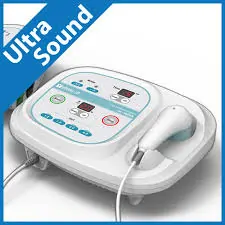
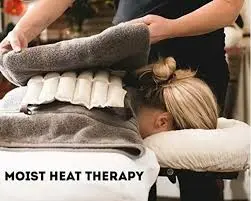
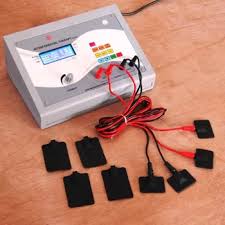
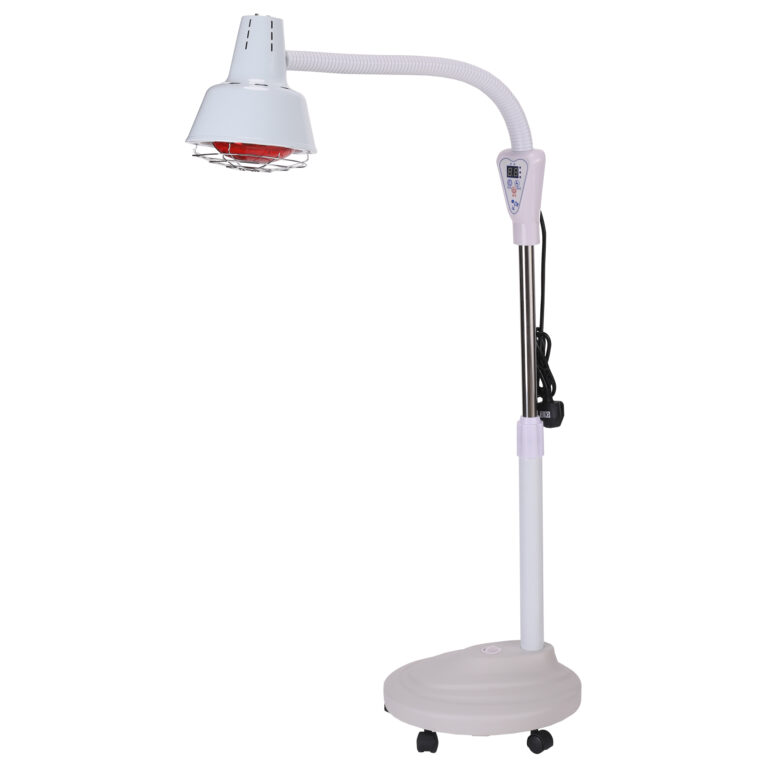
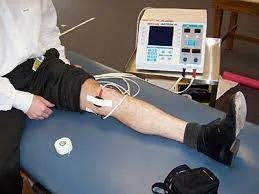
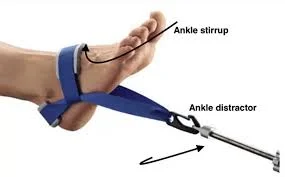
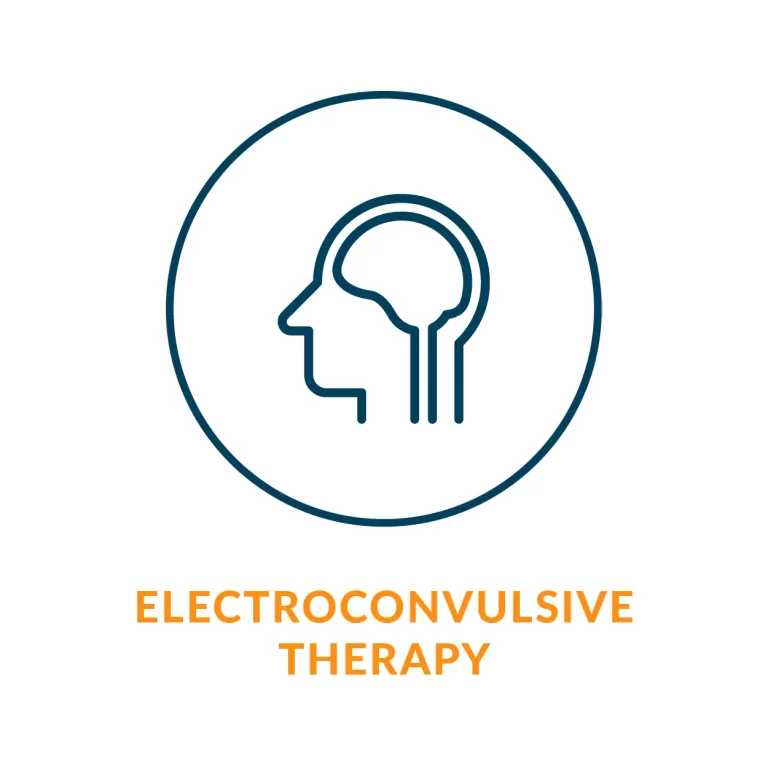
7 Comments